Il meraviglioso film di Emmanuel Vaughan-Lee, Dizionario di Marie (A cura di Global Oneness Project). Questo cortometraggio parla del primo e unico dizionario Wakchumni, a nearly extinct Native American language. The documentary follows Marie Wilcox and her more than seven year journey to preserve her mother tongue – historically spoken by the Wukchumni people living on the east fork of the Kaweah River of California.
Wilcox recalls learning the dialect through her grandmother in 1930’s America, and recounts the seven years pecking on her computer – with the help and companionship of her daughter and grandson – to develop the text that she continues to refine and update.
Il Global Ricerca per l'Educazione is pleased to welcome Emmy nominated filmmaker and composer, Emmanuel Vaughan-Lee.
Emmanuel, our society often emphasizes the potential of the collective to enact meaningful change, minimizing the capacity to make a difference that is latent within the individual (or the few). How do the monumental language preservation efforts in Dizionario di Marie encourage us to rethink this notion?
Marie’s Dictionary tells the story of Marie Wilcox, the last fluent speaker of the Wukchumni language. This is a Native American language that has existed for thousands of years in what is now central California. I first met Marie back in 2014 and was struck by what she was doing and who she is in such a powerful way that I felt that I had to tell her story and make a film about how she was trying to preserve her language. There are only maybe 100 Wukchumni left and very few of them can speak their language due to a variety of factors: colonization, genocide, oppression, forcibly told not to speak their language, which are issues that have affected Native Americans for generations and led to rampant language loss. This has affected many aspects of their culture and our broader culture as a whole.
I was struck by, in spending time with Marie, how she as an individual working with her daughter Jennifer Malone and a few members of her family had overcome adversity to return to the days of her youth when she had spoken the language with her grandmother and to remember the words that she had learned as a child. But she didn’t speak the language for many years. To put those words down on paper and to create the first Wukchumni dictionary, which took her almost twenty years day in and day out—remembering, reclaiming, scrittura, and sharing these words. Spesso, she did this without anyone she could speak them with because no one spoke the language fluently like she did.
allo stesso modo, there exists a common belief that without access to the best resources (tecnologia, Rete, eccetera), a lasting impact is unattainable. How do the grassroots ambitions of Marie’s Dictionary challenge this way of thought?
We often think that when we need to solve a problem that we need to have lots of people together. Sì, that’s true, sometimes we need a lot of people to solve a problem. But sometimes, an individual and their commitment can overcome tremendous adversity. Marie personifies that. Not only did she do that, but she inspired her whole family and communities around the country once they heard about her story. We see the power of one or two people who commit themselves to a task of remembering their language, writing down their language, creating a dictionary, and bringing people together to speak.
People can create tremendous movements and tremendous change. Language preservation and language revitalization can only happen through the work of fluent speakers. There aren’t that many fluent speakers of some Native American languages left. It is through their tireless efforts that this work of change and revitalization can happen.
We often think that in order to make great change, we need a lot of resources, especially now when you think about technology, that you have to have tools and resources to do things. Sì, that can be true in some cases. Ma, just like Marie’s individual efforts to overcome adversity, she didn’t need a lot of technology to do this. She used a typewriter, and later a computer, and often just a pen and paper, and conversations with her family and her daughter Jennifer to be able to bring this language back. Technology and resources can be helpful but they are not the only thing. What matters more than anything else is working with the resources you have at hand and not being deterred to not try and achieve your goal. What was so inspiring about witnessing what Marie had done is that she didn’t think, “I need to get a computer, lots of money, talk to linguists, and raise resources.” It was more like, “I need to do this and every day I’ll do a little bit more.” Those days turned into months and years until she compiled a dictionary. It was hard work and commitment and resolve that mattered more than anything else.
What do you believe or hope are the main takeaways for the audience from Marie’s Dictionary?
When you watch the film or you learn about Marie’s story, you see and connect not just to a person who is trying to revitalize her language and the importance of that, but the importance of a humble attitude to try and preserve something that matters to you. Ultimately for Marie, this mattered to her. It mattered to her family and it mattered to the future of her language. Così, perseveranza, lavoro duro, determination, and humility can accomplish so much, as Marie shows beautifully and eloquently in her story.
Thank you Emmanuel.
C. M. Rubin and Emmanuel Vaughan-Lee
All photos are Courtesy of the Global Oneness Project
See Dizionario di Marie su la rete Planet Classroom

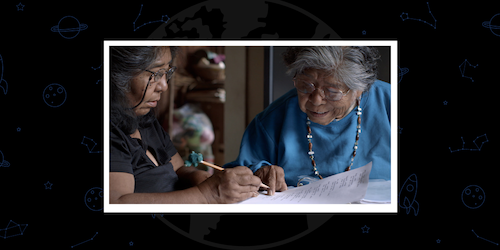
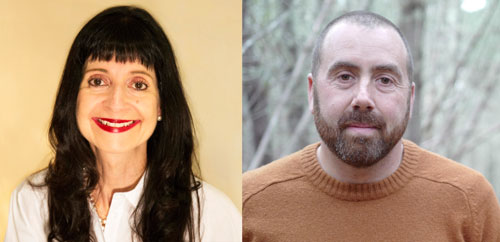
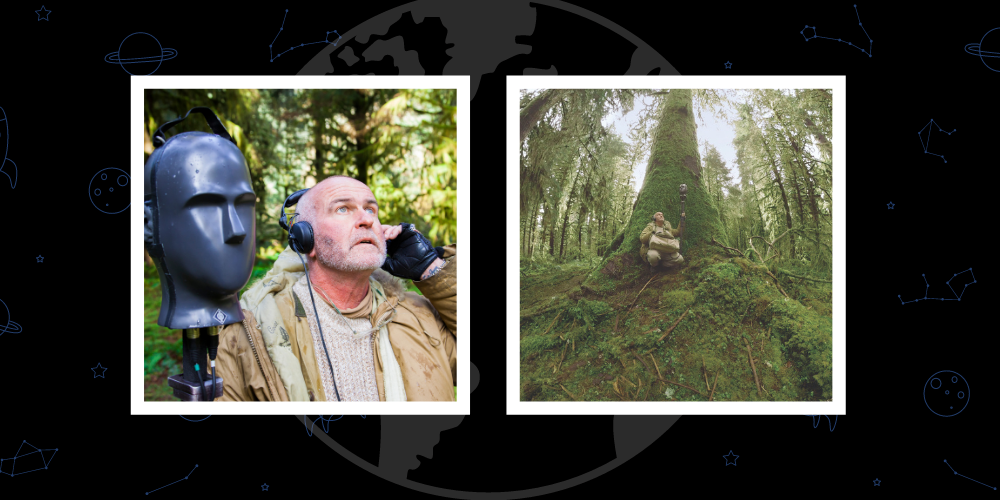
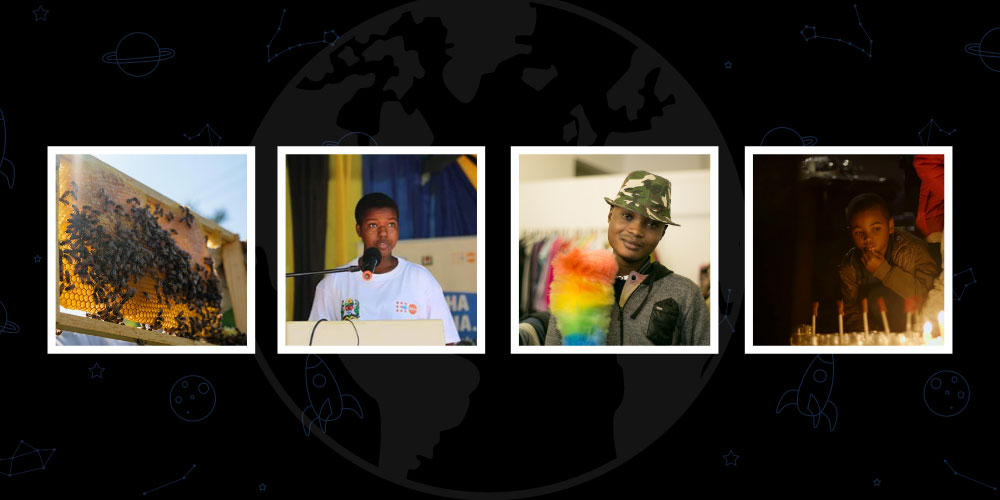
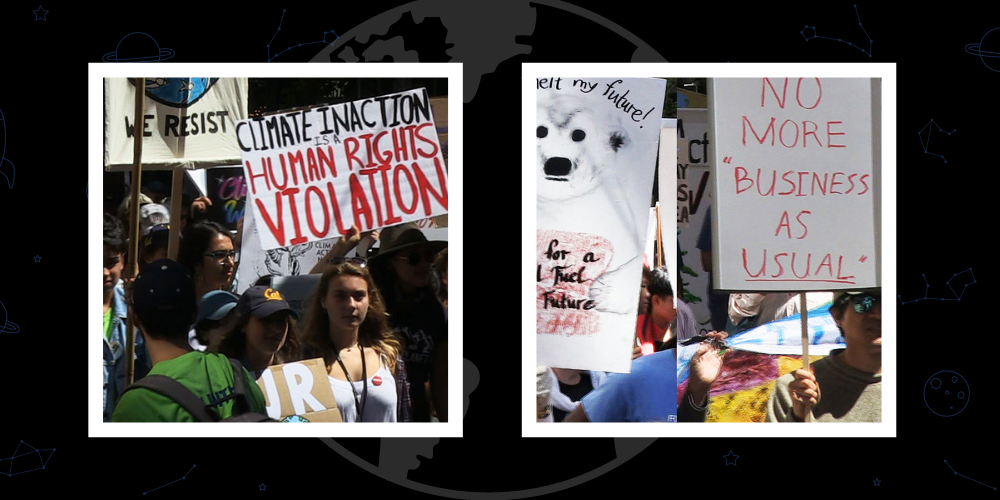
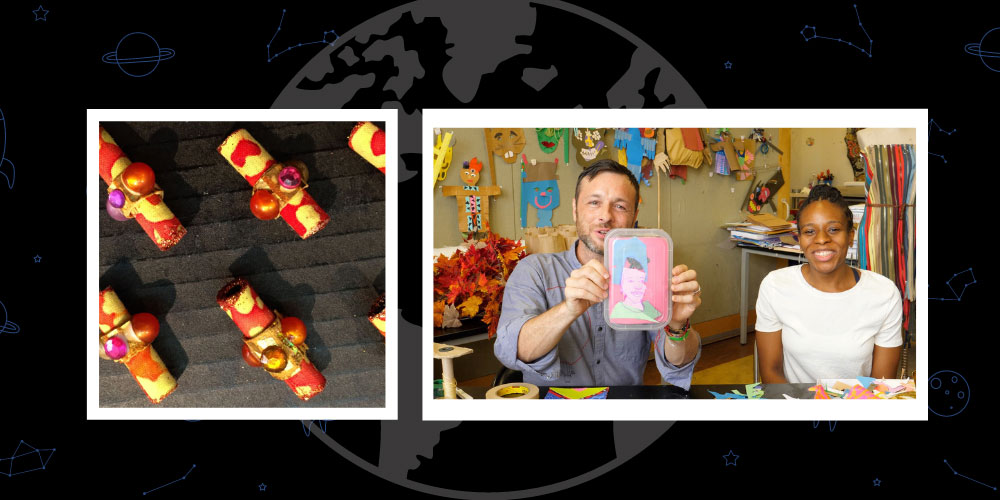
Commenti recenti